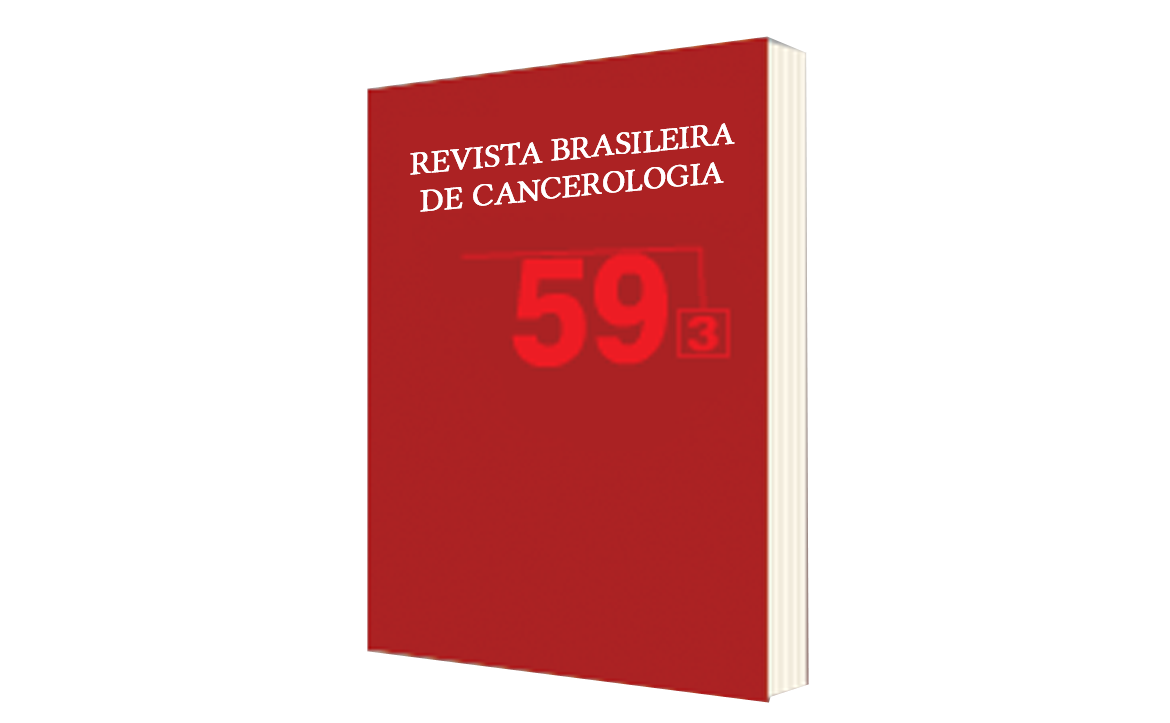Upper Limb Functionality in Women after Breast Cancer Treatment
DOI:
https://doi.org/10.32635/2176-9745.RBC.2013v59n3.506Keywords:
Female, Breast Neoplasms-surgery, Upper Extremity-surgery, Physical Therapy Specialty, Rehabilition, Cross-Sectional StudiesAbstract
Introduction: As a result of the breast cancer treatment, women can develop functional, social and psychological alterations that can lead to loss of roles related to work, family and sexuality. Objective: To evaluate the functionality of the upper limb of women undergoing surgery for breast cancer, followed by a physiotherapy service in a public unit which is a reference in the Unified Health System in the State of Rio de Janeiro. Method: Cross-sectional study in women who were subjected to surgical treatment for breast cancer. Variables related to the characteristics of women, treatment, tumor and functionality of the upper limb, measured by the questionnaire Disability Arm Shoulder and Hand were collected. We performed a descriptive analysis of the study variables using measures of central tendency and dispersion for continuous variables and absolute and relative frequencies for categorical variables. Results: We included 105 women with a mean age of 55.82 years and a body mass index of 27.80. At study entry, the average elapsed time of surgery was 1.85 years. The average of the total score of functionality was 27.07 (SD=16.54). Conclusion: There was a satisfactory score of functional capacity and performance of common activities of daily living, contrasting with studies written by other authors. This positive result is possibly due to the role of physiotherapy in the beginning of the treatment of these patients, proving the real need of physiotherapy intervention.





